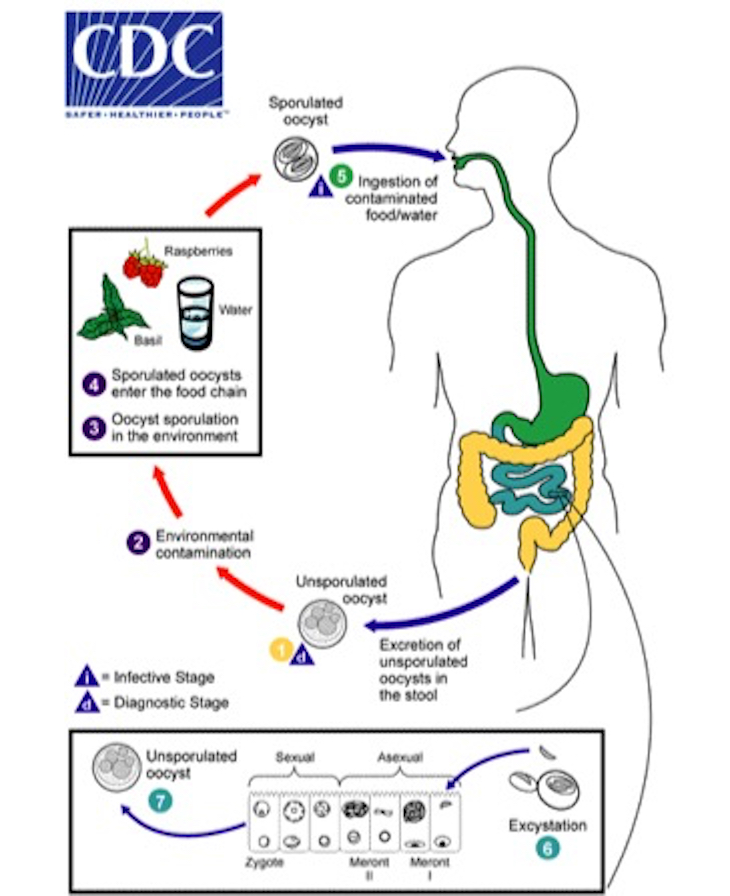The Boston cyclospora outbreak has now sickened more than 100 people, according to the Massachusetts Department of Public Health. Those reports of illness have come in since May 1, 2019. In a typical year in that state, about 18 to 33 people are infected with this parasite.

Most of the cases are in the greater Boston area, but some have been reported throughout the state. Other states, including New York, have reported increases in the number of cyclosporiasis cases, but the cause is still unknown. Last year, a huge cyclospora outbreak linked to McDonald’s salads sickened more than 500 people, and 250 were sickened after eating Del Monte vegetable trays sold at Kwik Trip stores in the midwest.

You can contact attorney Fred Pritzker for help by calling 1-888-377-8900.
In the past, cyclospora outbreak in the U.S. have been linked to raspberries, snow peas, basil, salad mix, mesclun lettuce, and prepackaged commercial vegetable trays. This parasite is endemic to subtropical region around the globe, but cyclospora outbreaks have been occurring in the U.S. every summer for the past several years.
Public Health Commissioner Dr. Monica Bharel said in a statement, “Individuals usually become symptomatic approximately one week after eating contaminated food. Symptoms typically include watery diarrhea, loss of appetite, abdominal cramping, nausea, and prolonged fatigue. Immunocompromised people may have more prolonged symptoms. Many infections will resolve on their own, but people with symptoms should seek medical care as the infection is best treated with an antibiotic prescribed by a healthcare provider.”
Unfortunately, the medical test for this infection is not commonly included in a checkup for possible infection; it has to be specifically requested. These states are alerting healthcare providers, telling them to be on the lookout for these infections and to order the test for cyclospora if a patient presents with the above symptoms.
Dr. Larry Madoff, Medical Director for MDH, said, “This illness is not spread person-to-person like many other food-borne diseases, like salmonella or E. coli. When a specific contaminated food item is identified, prevention involves removing that product from distribution. In the absence of a specific food item linked to the outbreak, prevention, in this case, means using safe food handling practices.”




